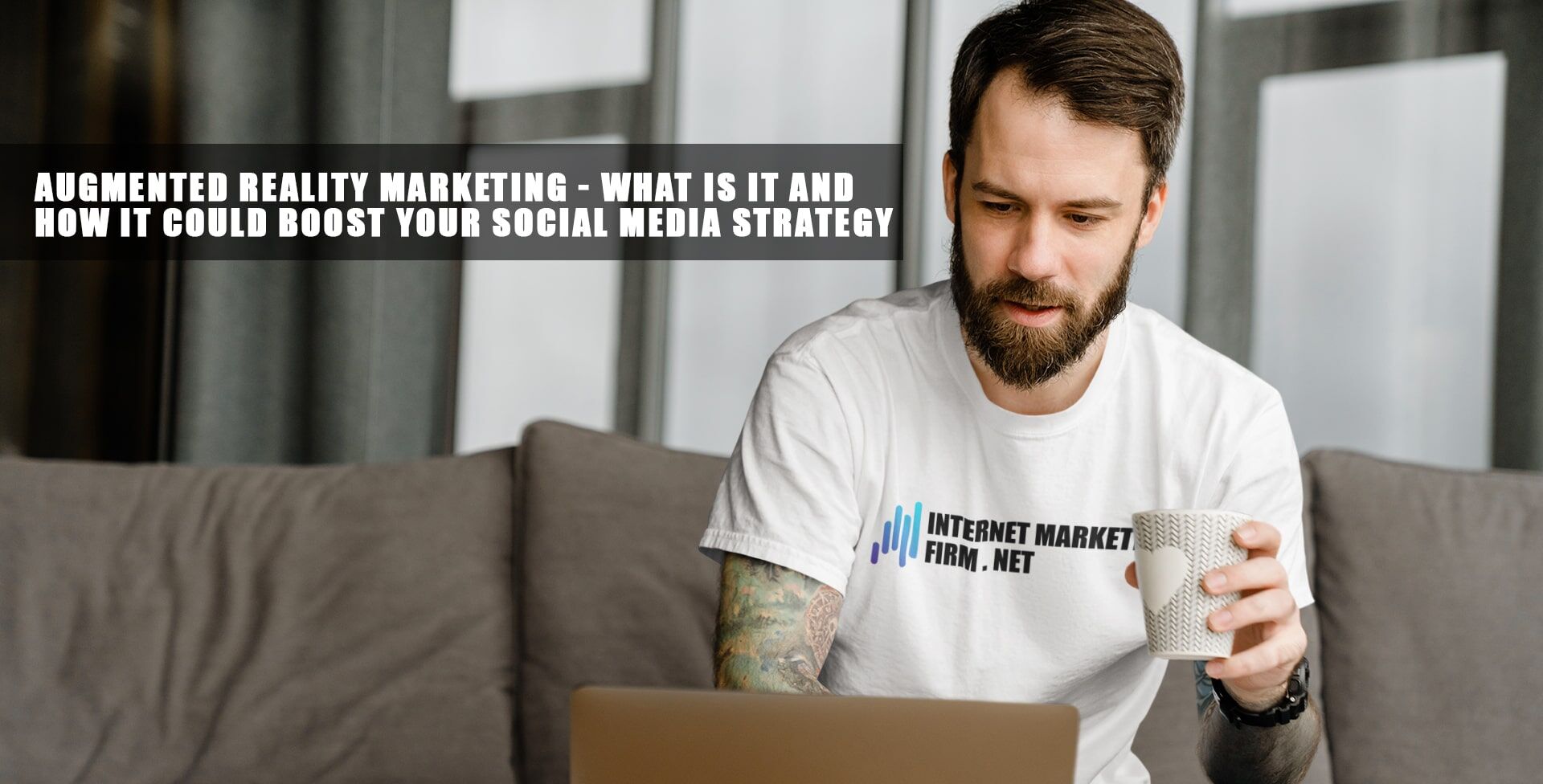
Augmented reality marketing is a burgeoning field that is reshaping how brands interact with consumers on social media platforms. The potential of AR to revolutionize marketing strategies is undeniable, offering a unique and immersive way to engage audiences.
As businesses navigate the ever-evolving landscape of digital marketing, understanding the role of AR and its impact on social media could hold the key to unlocking new opportunities for growth and brand visibility. The convergence of technology and consumer experience is paving the way for innovative marketing approaches, making AR a compelling avenue to explore for those looking to stay ahead in the digital realm.
Understanding Augmented Reality Marketing
Augmented Reality Marketing is a cutting-edge strategy that leverages digital technology to enhance consumer engagement and brand experiences. Through AR technology, marketers can create immersive and interactive campaigns that captivate audiences in ways traditional methods cannot. AR engagement involves users interacting with virtual elements overlaid onto the real world through their devices, providing a unique and memorable experience.
AR technology allows brands to bridge the gap between the digital and physical worlds, offering innovative ways to showcase products, demonstrate features, and tell compelling brand stories. By incorporating AR into marketing initiatives, businesses can boost customer engagement, drive sales, and differentiate themselves from competitors. Moreover, AR experiences can be easily shared on social media platforms, amplifying brand reach and fostering user-generated content.
In essence, AR engagement and AR technology are transforming the marketing landscape by creating dynamic and personalized interactions that resonate with modern consumers. As brands continue to explore the possibilities of augmented reality, integrating this technology into their strategies will be essential for staying relevant and connecting with today’s tech-savvy audiences.
Benefits of AR for Social Media
With the rise of digital technology transforming consumer engagement, leveraging Augmented Reality in social media marketing offers a myriad of benefits for brands looking to enhance their online presence.
One key advantage is the increased engagement that AR can bring to social media campaigns. By incorporating interactive AR elements into posts, brands can capture the attention of their audience in a unique and immersive way, ultimately leading to higher levels of engagement.
Another significant benefit of using AR in social media is the power of visual storytelling. AR technology allows brands to create captivating visual experiences for users, enabling them to showcase products or services in a more interactive and memorable manner. This not only helps in grabbing the audience’s attention but also makes the brand’s content more shareable across social media platforms.
Implementing AR in Your Strategy
To successfully integrate Augmented Reality into your marketing strategy, meticulous planning and a deep understanding of your target audience’s preferences and behaviors are essential. AR integration can significantly enhance your social media presence by offering interactive and engaging experiences for your audience. When implementing AR, consider the platforms your audience frequents and tailor your content to suit those channels. By incorporating AR filters, games, or virtual try-on experiences, you can boost social engagement and create memorable interactions with your brand.
Moreover, it’s crucial to align your AR content with your overall marketing objectives to ensure consistency and maximize impact. Monitor the performance of your AR campaigns closely, analyzing metrics such as user engagement, shares, and conversions to refine your strategy continuously. By leveraging AR effectively, you can differentiate your brand, increase customer engagement, and stay ahead in the competitive social media landscape.
AR Campaign Success Stories
Exploring real-world examples of Augmented Reality (AR) in action through successful marketing campaigns provides valuable insights into the potential impact and effectiveness of integrating AR technology into marketing strategies. Innovative campaigns like IKEA’s AR app, which allows users to visualize furniture in their homes before purchase, have showcased the power of AR in enhancing user engagement and driving sales. Through creative storytelling and interactive experiences, AR campaigns have the ability to captivate audiences in ways traditional marketing methods cannot.
When analyzing AR campaign success stories, conducting ROI analysis is crucial to understanding the tangible benefits reaped. Companies like Pepsi and Volkswagen have seen significant returns on their AR investments, with boosted brand awareness and customer loyalty. The immersive nature of AR experiences leaves a lasting impression on users, fostering deeper connections with brands.
Future of AR in Marketing
The evolution of Augmented Reality (AR) technology continues to shape the future landscape of marketing strategies, revolutionizing the way brands interact with consumers. As we look ahead, the future of AR in marketing holds great promise, with exciting AR innovations driving new marketing trends.
One significant aspect of the future of AR in marketing is the integration of AR into everyday consumer experiences. AR innovations are expected to become more sophisticated, offering personalized and immersive brand interactions. This advancement will enable companies to create unique and engaging campaigns that resonate with their target audience on a deeper level.
Moreover, the future of AR in marketing will likely see a rise in the use of AR-powered shopping experiences, virtual try-on features, and interactive product demonstrations. These trends will not only enhance the customer experience but also provide valuable data insights for brands to refine their marketing strategies effectively.
Comments are closed